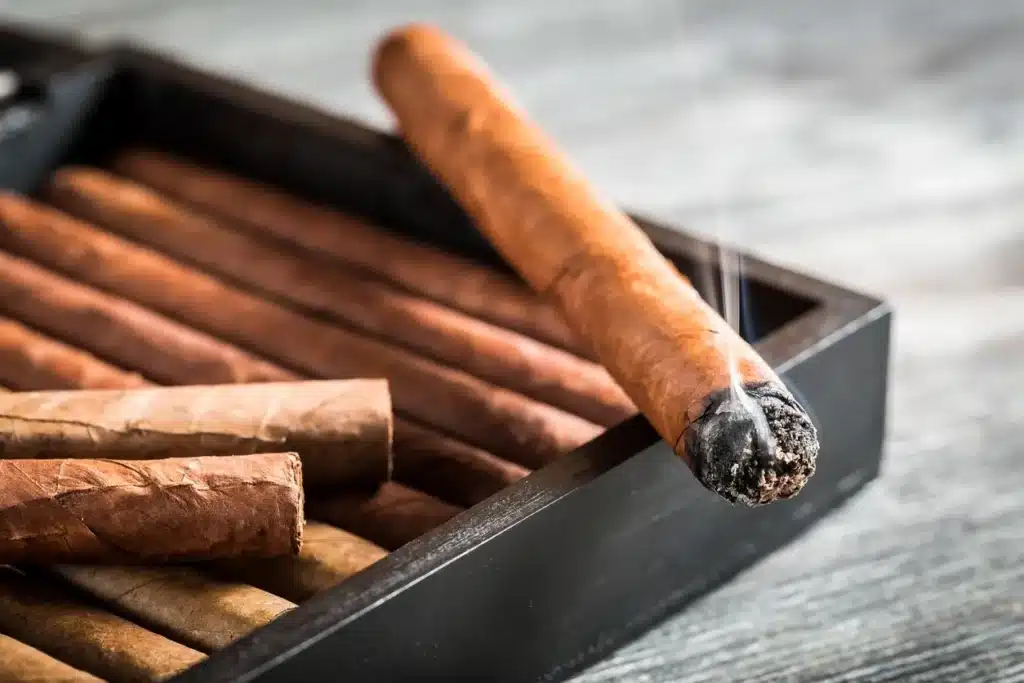Article -> Article Details
| Title | What is a professional cigar roller called? |
|---|---|
| Category | Business --> Food and Related |
| Meta Keywords | cigar roller, cigar, |
| Owner | David Visser |
| Description | |
What is a Professional Cigar Roller Called?Cigars, with their rich history and intricate crafting process, are more than just a luxury item—they are a symbol of tradition, craftsmanship, and culture. One of the most fascinating aspects of cigar production is the role of the cigar roller, a skilled artisan whose expertise transforms raw tobacco leaves into finely crafted cigars. This professional is known as a torcedor.  The Art of Cigar Rolling The title "torcedor" originates from the Spanish word "torcer," meaning to twist. This term is fitting, as the primary task of a torcedor involves twisting and rolling tobacco leaves into the familiar cylindrical shape of a cigar. The process of rolling a cigar is not just about creating a visually appealing product but also about ensuring the cigar has the right structure, burn quality, and draw. Each cigar must be crafted to deliver a consistent smoking experience, which is a testament to the torcedor's skill. Training and Skills Becoming a torcedor requires extensive training and a deep understanding of tobacco leaves. Aspiring torcedores often undergo years of apprenticeship, learning from seasoned masters. The training includes: Leaf Selection: Understanding the different types of tobacco leaves (filler, binder, and wrapper) and selecting the appropriate leaves for each part of the cigar. Fermentation and Aging: Knowledge of the fermentation and aging process that the leaves undergo to develop their flavors and aromas. Rolling Techniques: Mastering various rolling techniques to create cigars of different sizes and shapes. This includes the traditional "entubado" method, where individual filler leaves are rolled into tubes, or the "book" method, where leaves are stacked and folded. Quality Control: Ensuring each cigar meets stringent quality standards in terms of appearance, draw, and burn. A torcedor must be able to detect and correct any imperfections. The Cultural Significance In countries with a rich cigar-making heritage, such as Cuba and the Dominican Republic, torcedores hold a revered status. They are often seen as cultural custodians, preserving the traditions and secrets of cigar making that have been passed down through generations. In Cuba, the most famous torcedores work in renowned factories like Partagas, Cohiba, and Montecristo, where they produce some of the world's most sought-after cigars. The Cigar Rolling Process The process of rolling a cigar involves several meticulous steps: Preparation: The torcedor begins by selecting the leaves for the filler, binder, and wrapper. The filler leaves are carefully chosen for their strength and flavor, while the binder and wrapper leaves are selected for their elasticity and appearance. Bunching: The filler leaves are bunched together and wrapped with the binder leaf. This step requires precision to ensure the filler is evenly distributed, which affects the cigar's draw and burn. Rolling: The torcedor rolls the bunch into the wrapper leaf, applying the right amount of pressure to create a firm, evenly packed cigar. This step is crucial for maintaining the cigar's shape and structural integrity. Capping: The torcedor finishes the cigar by applying a small piece of wrapper leaf, known as the cap, to the head of the cigar. The cap secures the wrapper and adds to the cigar's overall appearance. Final Touches: The completed cigars are placed in molds to ensure uniformity and then aged to allow the flavors to meld and mature. The Role of Torcedores in Modern Times While mechanization has impacted many industries, the art of cigar rolling remains largely a handcrafted process. Torcedores continue to play an essential role in the production of premium cigars. Their craftsmanship is highly valued, and many cigar enthusiasts seek out hand-rolled cigars for their superior quality and unique character. In recent years, the tradition of cigar rolling has also become a form of entertainment and education. Torcedores often showcase their skills at events, providing demonstrations that highlight the intricacy and artistry involved in their work. These demonstrations not only promote the appreciation of fine cigars but also help preserve the heritage of cigar making. Conclusion The torcedor is much more than a cigar roller; they are the custodians of a time-honored craft that combines skill, tradition, and artistry. Their expertise ensures that each cigar is a work of art, capable of delivering a memorable smoking experience. As the demand for premium cigars continues to grow, the role of the torcedor remains as vital as ever, embodying the enduring allure of hand-rolled cigars. | |
